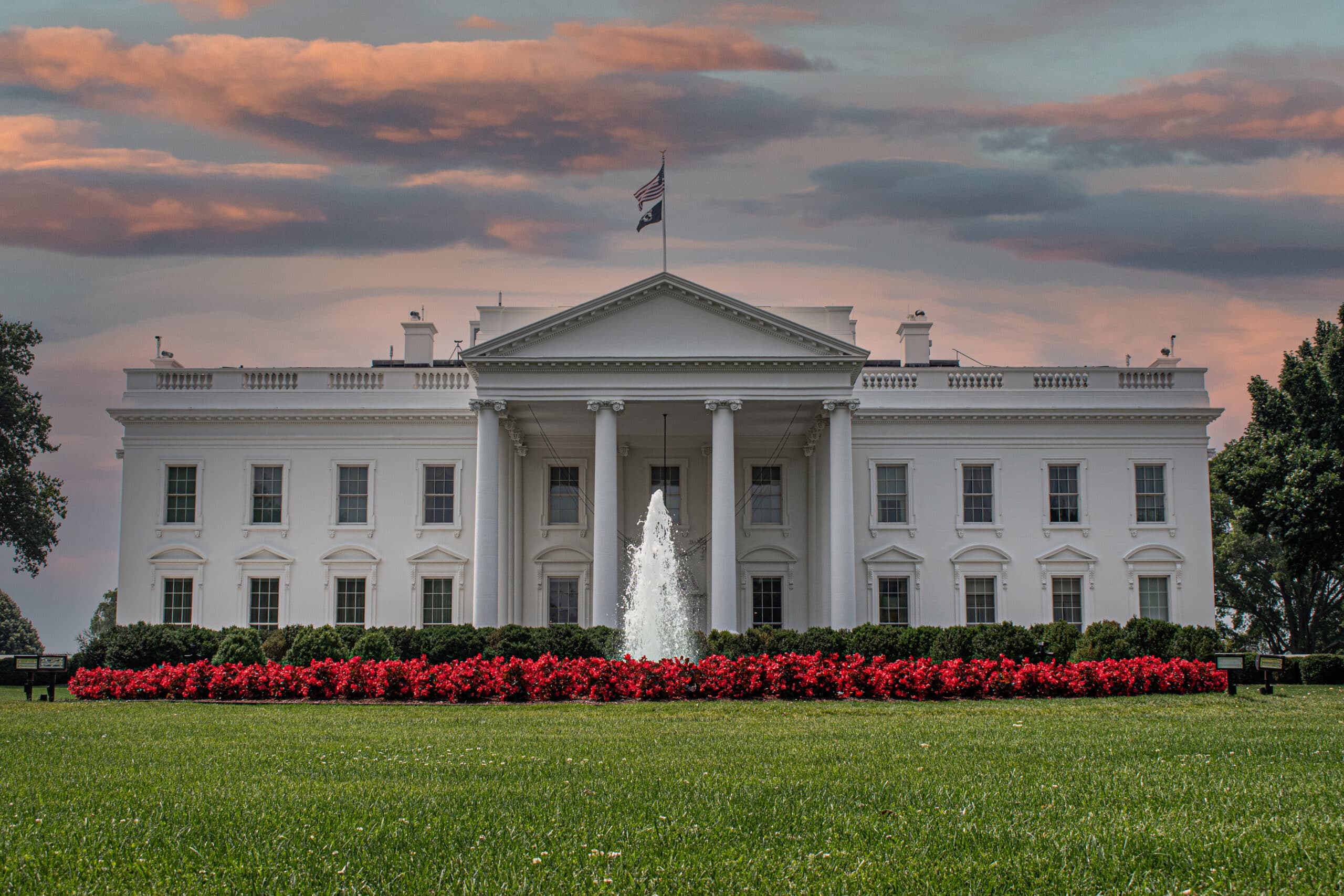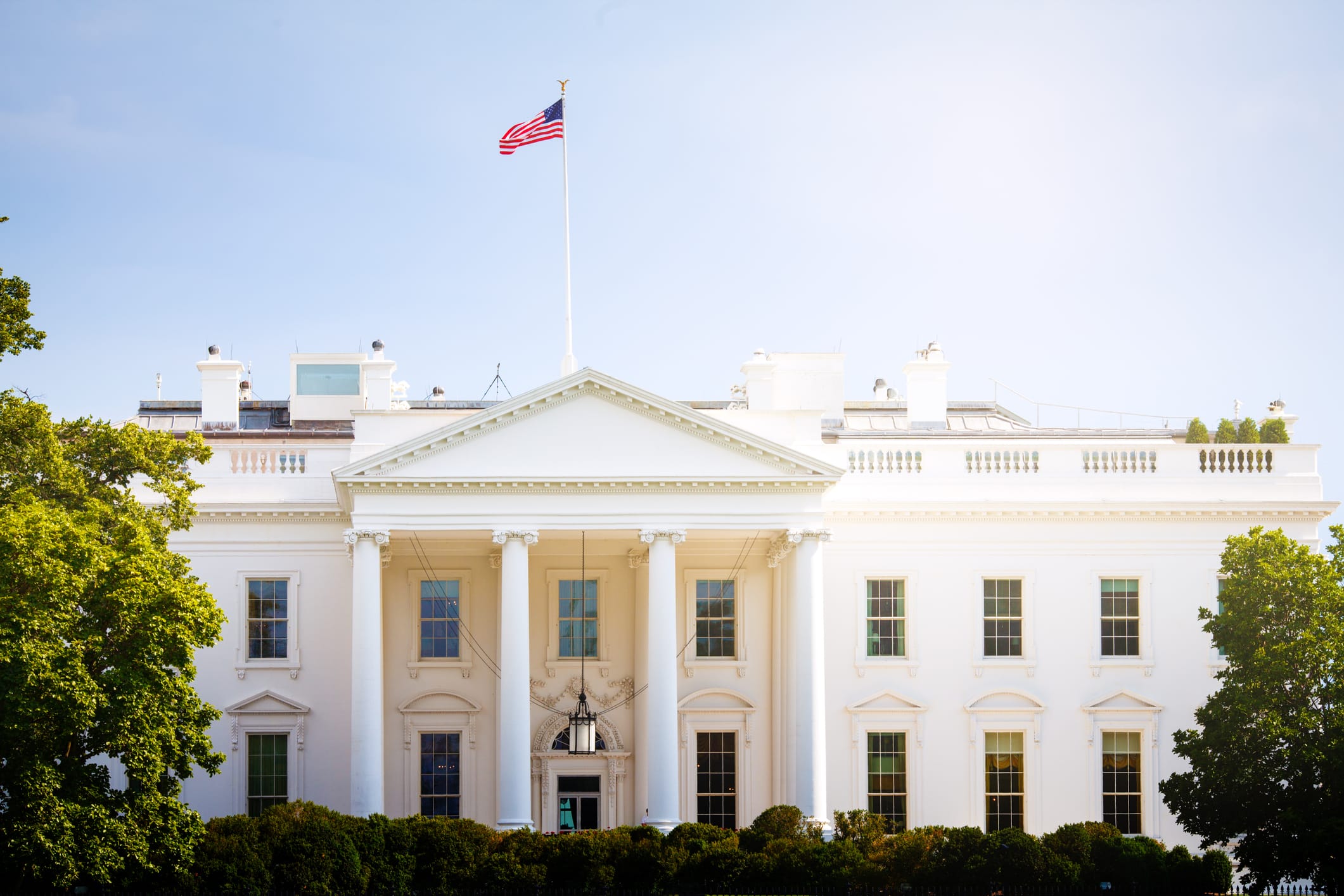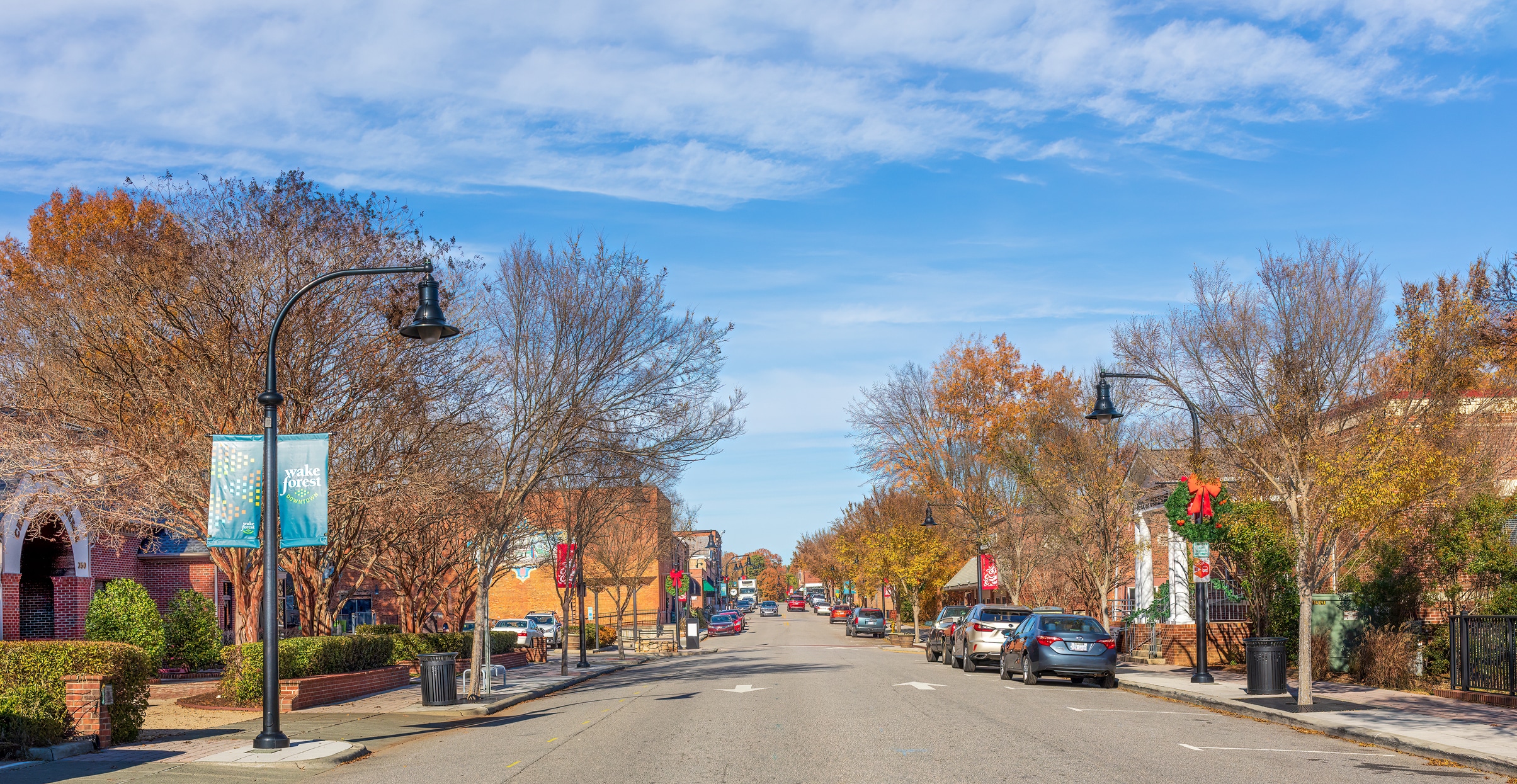Independents, Younger Voters Swing Toward Harris
The first Emerson College Polling national survey following President Biden’s decision not to seek re-election finds Vice President Kamala Harris leading Donald Trump 50% to 46%. Five percent of likely voters are undecided. With undecided voters’ support allocated, Harris continues to lead by four, 52% to 48%. With third-party candidates on the ballot, Harris and Trump’s support evenly decreases by two points, Harris to 48% and Trump to 44%. Four percent support Robert F. Kennedy Jr.
This month’s national poll included only those who indicate they are very likely to vote, previous polls included all registered voters. Registered voters were asked their voting intention and only very likely voters were included in this analysis.
Since last month, Trump’s support decreased two points among likely voters, from 48% to 46%, while Harris surpassed Biden’s 47% by three percentage points, at 50%. When third-party candidates are on the ballot, Trump’s support decreased by one point, from 45% to 44% since last month, while Harris outperformed Biden by four points from 44% to 48%.
Spencer Kimball, executive director of Emerson College Polling, explains demographic shifts in the past month: “Likely voters under 30 have shifted toward Harris by nine points, 56% of whom supported Biden, 65% now support Harris. Voters over 70 also support Harris over Trump, 51% to 48% — last month they broke 50% to 48% for Trump.”
Kimball added, “Independents break for Harris, 46% to 45%, flipping since last month when likely independent voters broke for Trump 45% to 44%.
Ninety-three percent of voters are extremely or very motivated to vote this November.
“While the overall share of likely voters motivated to vote had little movement, Black voters who say they are ‘extremely’ or ‘very’ motivated to vote this November increased eleven points, from 80% to 91%,” Kimball said.
Over half of voters (51%) have a favorable view of Vice President Harris, while 49% have an unfavorable view of Harris. Forty-five percent have a favorable view of former President Trump, while 54% have an unfavorable view of Trump.
Thirty-nine percent of voters have a favorable view of both Vice Presidential candidates Tim Walz and JD Vance. Thirty-nine percent have an unfavorable view of Walz, while 49% have an unfavorable view of JD Vance. Twenty-two percent have never heard of Walz, while 12% have never heard of Vance.
On the generic congressional ballot, 48% support the Democratic candidate and 46% support the Republican candidate; 7% are undecided. Last month, 46% of likely voters supported the Democratic candidate and 46% the Republican.
A majority of voters (69%) think taxes on tips should be eliminated, while 17% think tips should remain taxable; 14% are unsure.
“Eliminating taxes on tips has bipartisan support among voters: 72% of Republicans, 71% of independents, and 64% of Democrats think taxes on tips should be eliminated,” Kimball said.
Forty percent of voters consider the economy to be the most important issue facing the nation, followed by immigration (17%), threats to democracy (12%), housing affordability (7%), and healthcare (7%).
Following the 2024 Olympic closing ceremonies, 3 in 5 voters are excited for the Olympics to be held in Los Angeles in 2028; 40% are not excited. Forty-five percent are completely (21%) or fairly (24%) confident Los Angeles can successfully manage the challenges of hosting the 2028 Olympics, 21% are somewhat confident, 19% are slightly confident, and 15% are not at all confident.
- Excitement generally decreases with age: 70% of those under 30 are excited, compared to 68% of voters in their 30s, 58% of voters in their 40s, 54% of those in their 50s, 56% of those in their 50s, and 53% of those over 70.
- Democrats are most excited about the Olympic location in 2028, 76% are excited, compared to 54% of independents who are excited, 47% of Republicans are excited.
Methodology
The Emerson College Polling national survey was conducted August 12-14, 2024. The sample of likely voters, n=1,000, has a credibility interval, similar to a poll’s margin of error (MOE), of +/- 3 percentage points. The data sets were weighted by gender, education, race, age, party affiliation, and region based on 2024 likely voter modeling. Turnout modeling is based on U.S. Census parameters, and voter registration data.
It is important to remember that subsets based on demographics, such as gender, age, education, and race/ethnicity, carry with them higher credibility intervals, as the sample size is reduced. Survey results should be understood within the poll’s range of scores, and with a confidence interval of 95% a poll will fall outside the range of scores 1 in 20 times.
Data was collected by contacting cell phones via MMS-to-web text, landlines via Interactive Voice Response (IVR) (both lists provided by Aristotle), and an online panel of voters provided by CINT. The survey was offered in English.
All questions asked in this survey with exact wording, along with full results, demographics, and cross tabulations can be found under Full Results. This survey was funded by Emerson College.







